Bleeding Edge tips: the best characters, tactics and everything else you need to win straight from the developer
Creative director Rahni Tucker prepares you for Ninja Theory’s new multiplayer challenge
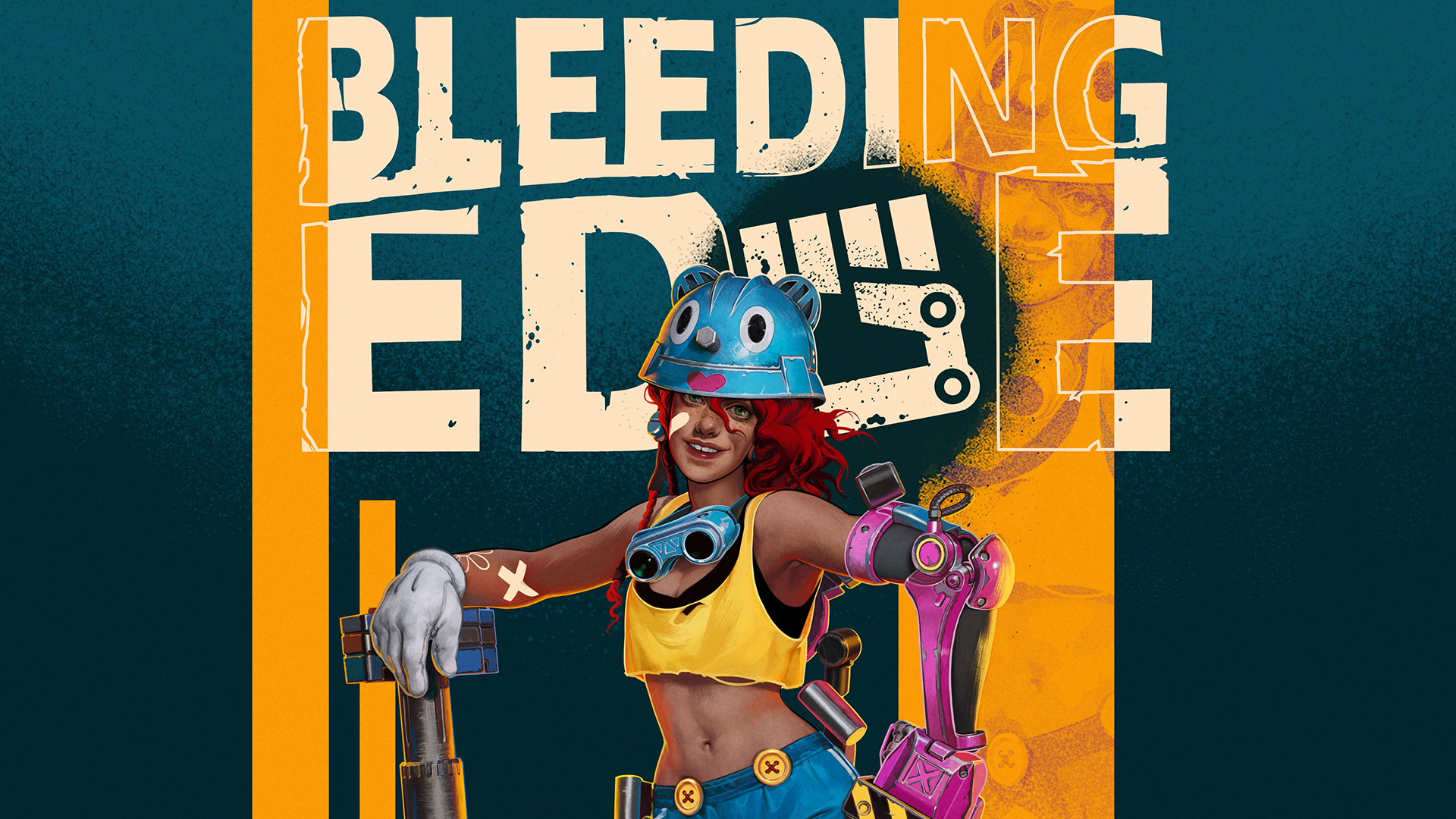
Xbox announced its new four-vs-four brawler Bleeding Edge at E3 2019, and if you’re eyeing up the technical alpha that starts June 27 then we’ve got some Bleeding Edge tips from Rahni Tucker, creative director for the game. Coming up she’ll cover the basics of which are the best characters, how to master the environment and, most importantly, how to win matches.
Don’t try to play Bleeding Edge as a single player game
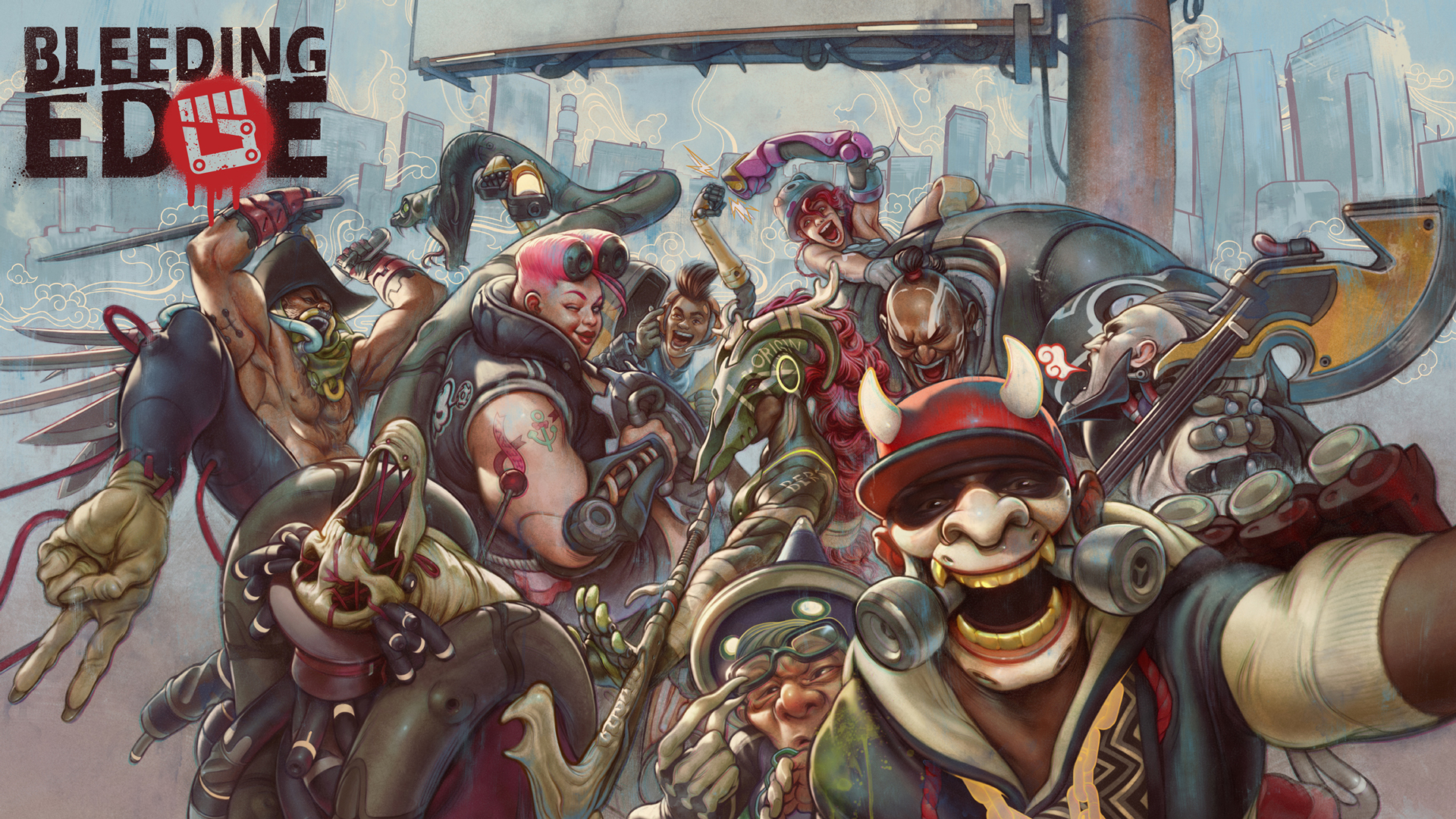
“Don’t go in on your own. It’s not a single-player game - everyone’s as strong as you are so don’t go against four by yourself, because you’ll probably die. Try and work as a team. Use the voice-coms [which] are on by default, so all you’ve got to do is leave it on. Stay together, stick as a team [and] work together.“
The best starting characters are Buttercup, Makutu, Miko and Zero-Cool
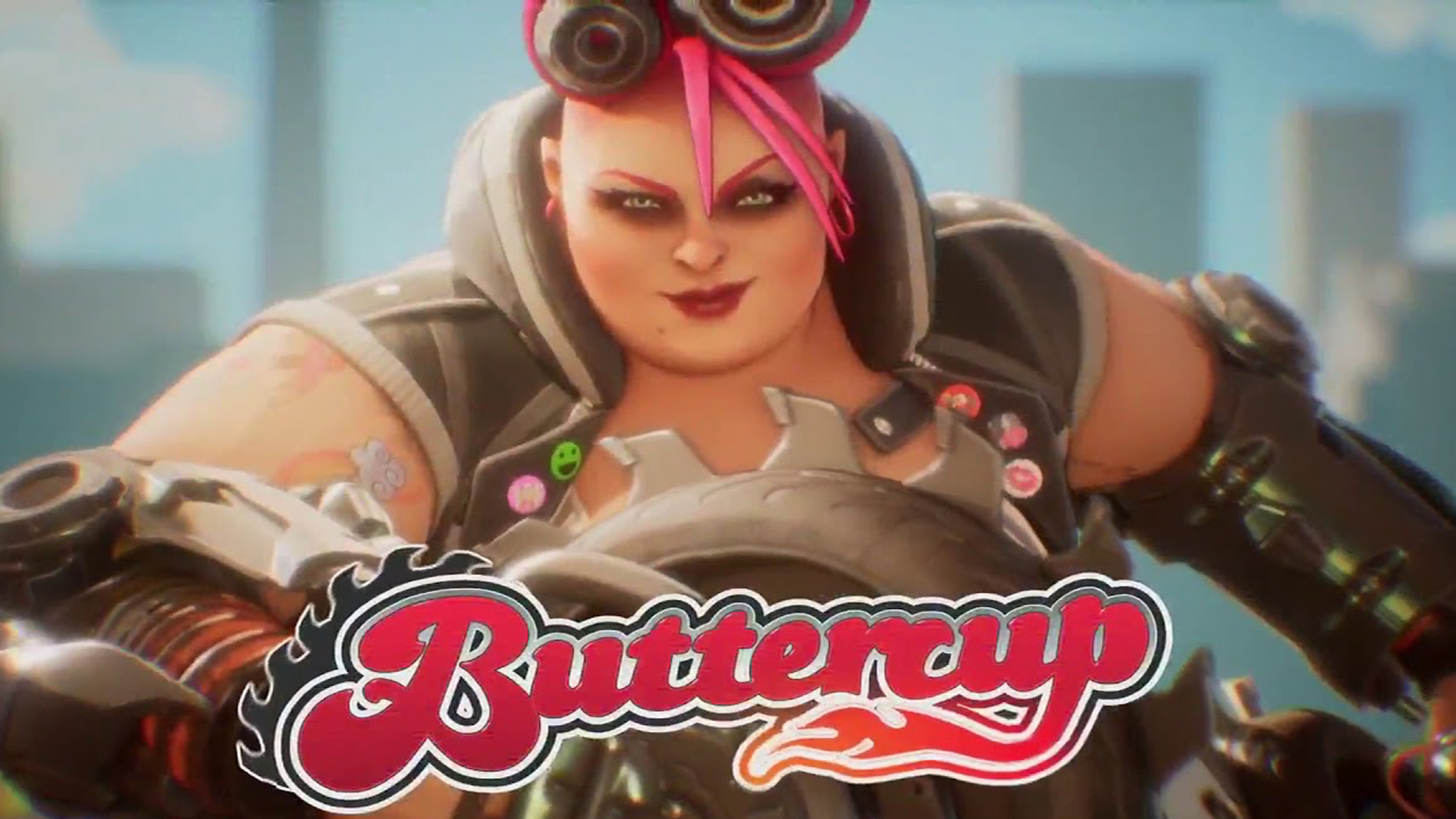
“I’d take Buttercup as a starter. She’s more tank-y, more aggressive. Potentially Makutu – he’s got two stances, and there’s a bit of intricacy in the way that you use them - one of his abilities changes based on his stance. So he’s a bit more complex but they’re both good. Whereas like Miko has a stasis freeze. So if she gets in trouble, she can just go “freeze” and run away, and heal [herself]. Zero-Cool has got a wall that he can drop down behind him, and he’s got a double-jump, so he can get up on levels."
"[Plus,] I think all the damage classes are fine [as starters].”
But save Kulev for when you’ve mastered the basics
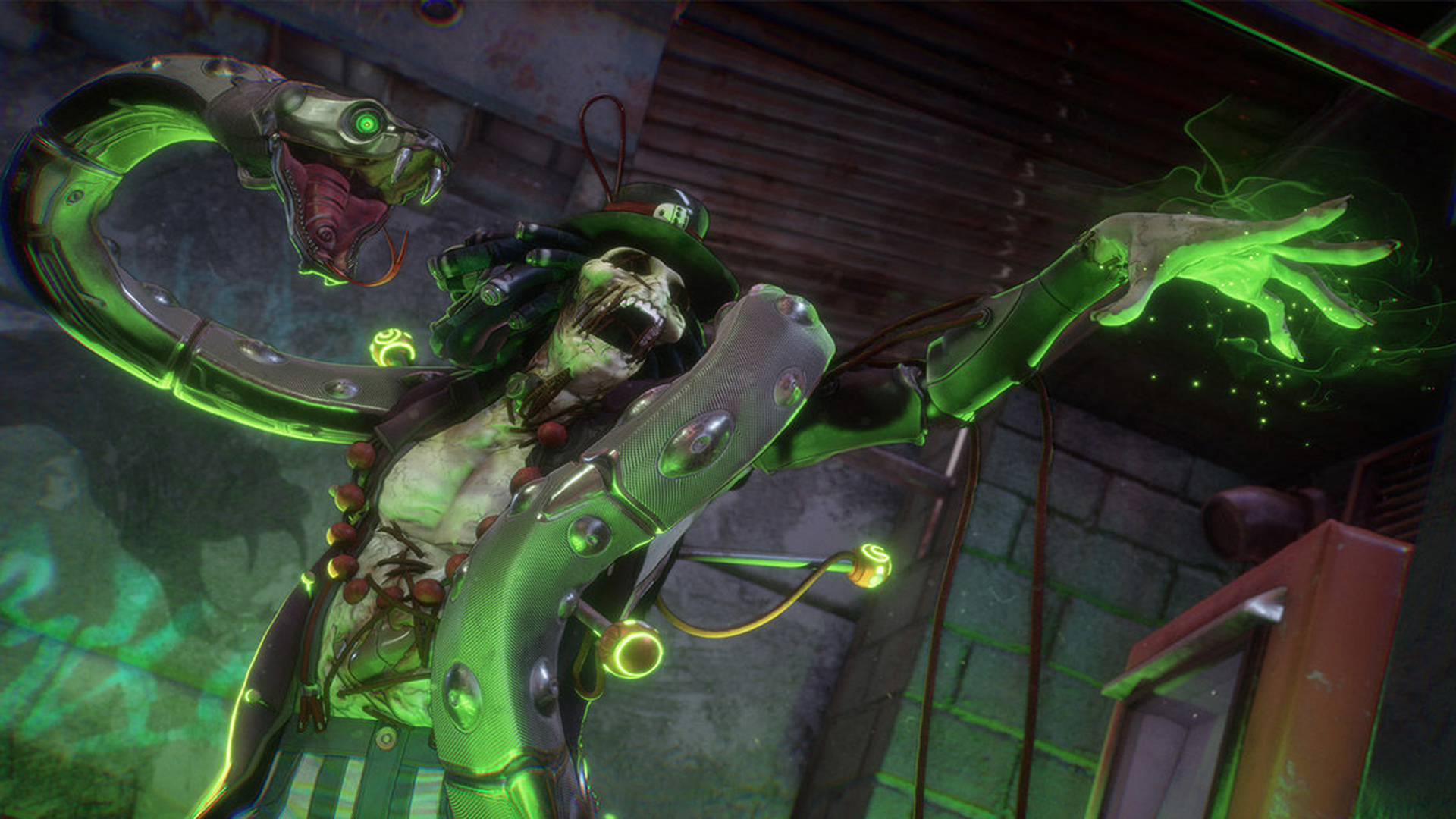
“Most of the characters have a good escape of some kind. But Kulev doesn’t. He relies on his shield to keep him alive, and for his buddies to protect him. His shield is single tap/double tap – double tap for self, single tap for an ally - so his controls are a little more complex than some of the others. I think he can be a little tricky for really new players, because he has an ability that requires you place it manually, which takes a little more headspace. He [also] doesn’t have any really strong escape abilities so if he’s in the wrong place at the wrong time, he’ll get annihilated. His positioning is really important and when you don’t have that knowledge yet, that can be quite hard.”
It’s not just about fighting - use environmental hazards to your advantage
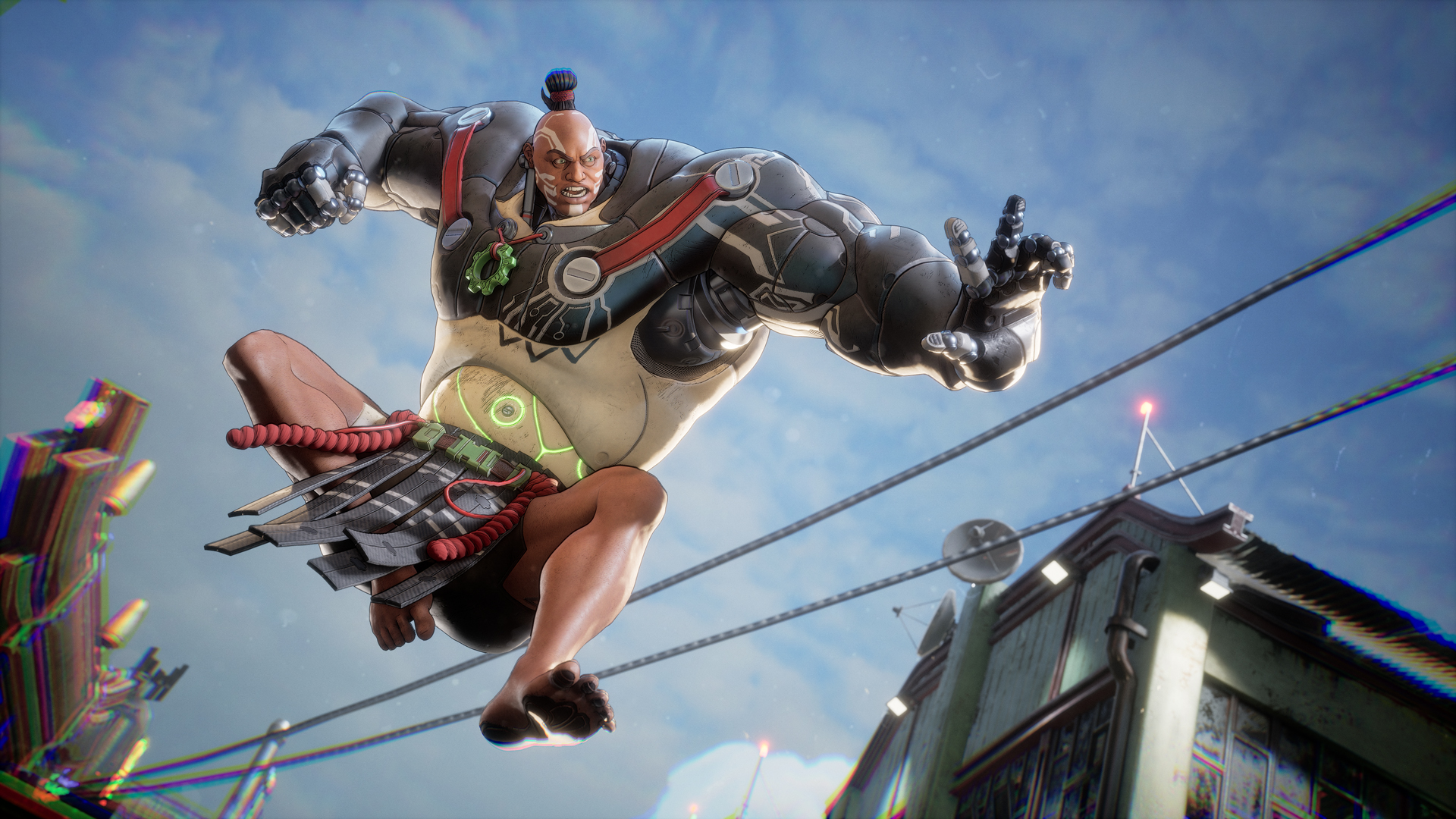
“We put the hazards in as a way of the attacking team being able to take an opportunity to do something. So if you’re trying to take an objective, and you wait for the train [on one map] – now there’s a bit of craziness going on, and maybe you can wait for the train to be on their side, and kind of capture them on your side, and they’re trying to jump over, and while they’re jumping over they’re all starting to split up. You can kind of exploit that.
"One [map] is a kind of aqueduct sewer location where one objective is in the middle, and then there’s this watery track around the outside, and they go through these kind of electric fences. So you’ll be standing on it, going, ‘Yeah, I’ve got this,’ and then you’ll have to get off and go around the electric fence, and then come back on. But you can then sneak people on there, or stun them on there, or use Buttercup to pull them through the fence. So you can use the fence to your advantage."
"And then the other map is like a rooftop location where you can use jump pads to bounce across, and there are furnaces under the objectives that you can turn on by hitting a gong. So if the whole team is there, and you want to attack the objective, it’s a good way to scatter them before you jump in."
Learn when to press as a team and when to split up
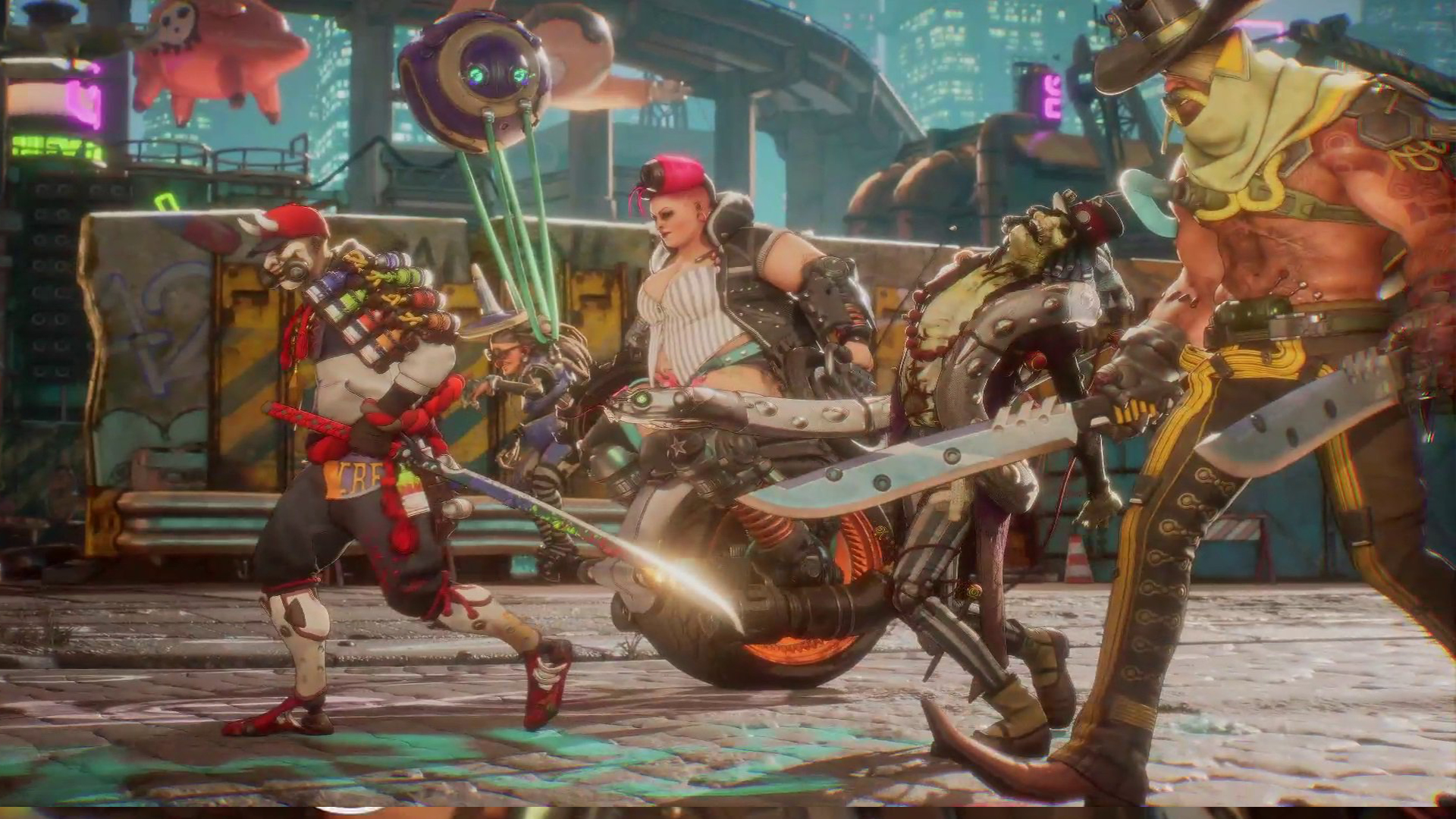
“One of the reasons why we have objective-based gameplay is so we can control the flow of the fights - when there’s one objective, it’s going to be a big team fight. There’s a certain strategy to working as a four, but we wanted to also have the opportunity for one-on-ones or two-on-twos, like little skirmishes. So that’s why we have a different number of objectives appearing at different times. When there are three objectives, you have to go, ‘Alright, are we all going to go together? Because if we are, they’re going to be able to split up and capture around us. And we’re never going to be able to get the most objectives.’ Then when you split up, you’re like, ‘OK, well now I’m more vulnerable.’ But [when] you have that opportunity, you might go and sneak over to A, because you can’t see anyone there, and there’s one other guy from the other team there, and you have to decide, ‘Do I think I can take him?’ That’s kind of what we wanted, which is why the objectives cycle in the way that they do.”
Know when a round is lost and use the break to prepare
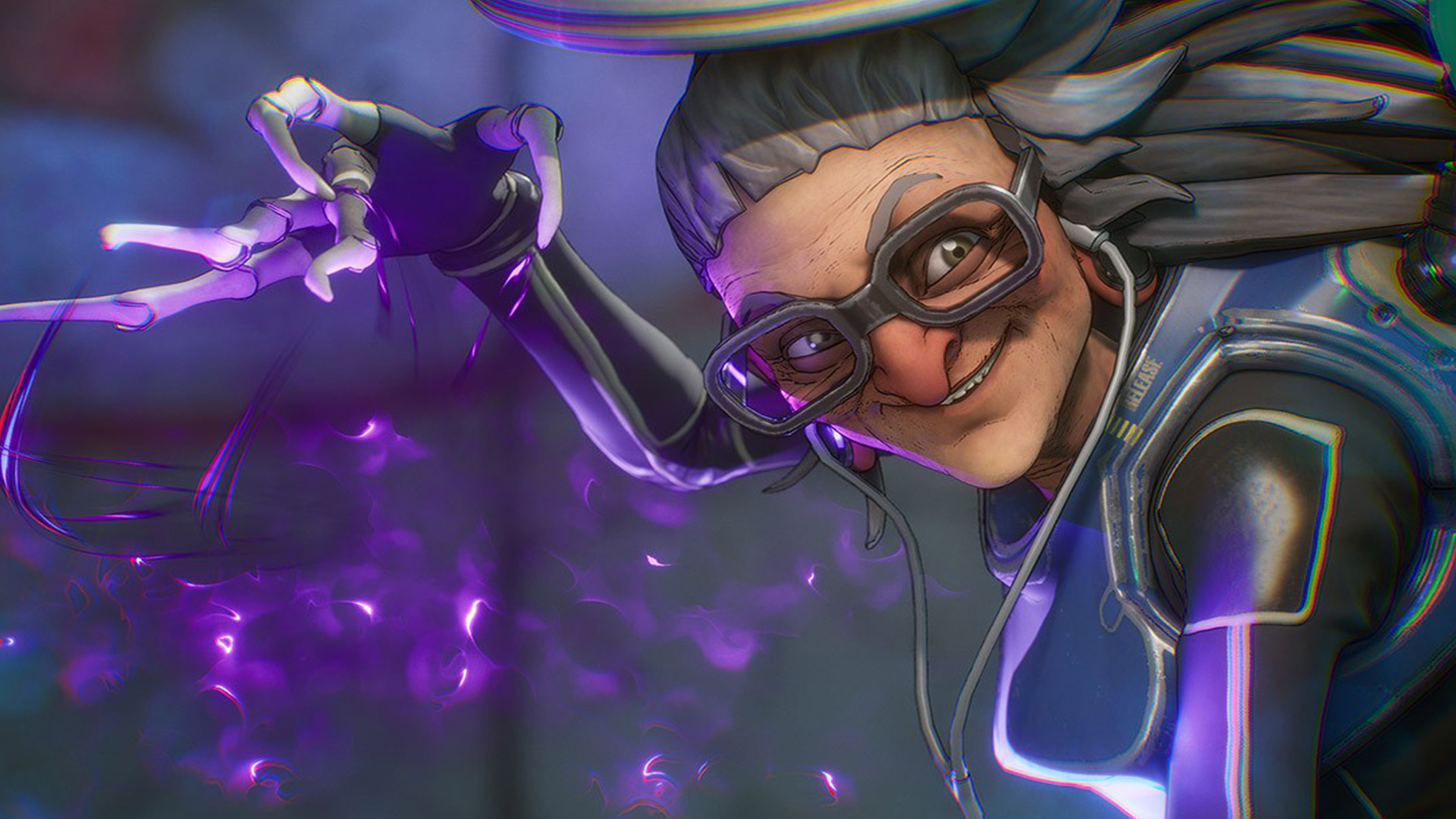
“We put the little break in the phase so that a team have an opportunity to go, ‘OK, the objective’s off in five seconds. Don’t even worry about it. Let’s get some power-ups. Let’s group up again.’ And then you can come into the next fight on an even footing.”
Sign up to the GamesRadar+ Newsletter
Weekly digests, tales from the communities you love, and more

Sam Loveridge is the Brand Director and former Global Editor-in-Chief of GamesRadar. She joined the team in August 2017. Sam came to GamesRadar after working at TrustedReviews, Digital Spy, and Fandom, following the completion of an MA in Journalism. In her time, she's also had appearances on The Guardian, BBC, and more. Her experience has seen her cover console and PC games, along with gaming hardware, for a decade, and for GamesRadar, she's in charge of the site's overall direction, managing the team, and making sure it's the best it can be. Her gaming passions lie with weird simulation games, big open-world RPGs, and beautifully crafted indies. She plays across all platforms, and specializes in titles like Pokemon, Assassin's Creed, The Sims, and more. Basically, she loves all games that aren't sports or fighting titles! In her spare time, Sam likes to live like Stardew Valley by cooking and baking, growing vegetables, and enjoying life in the countryside.


